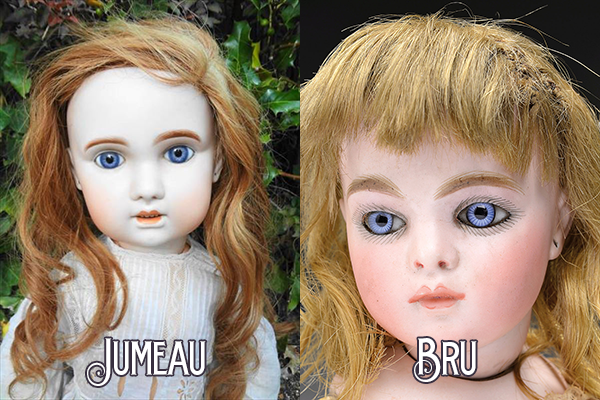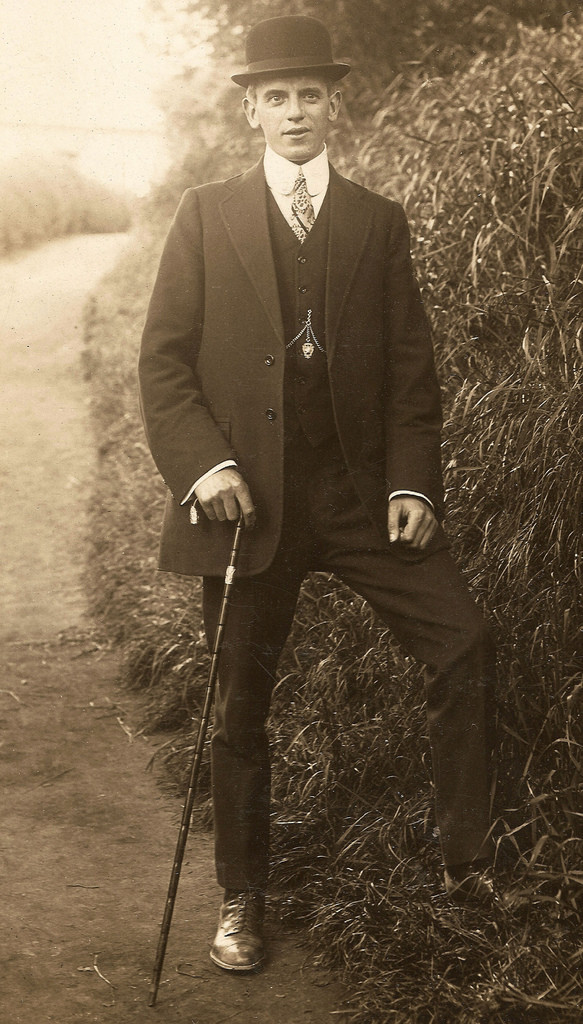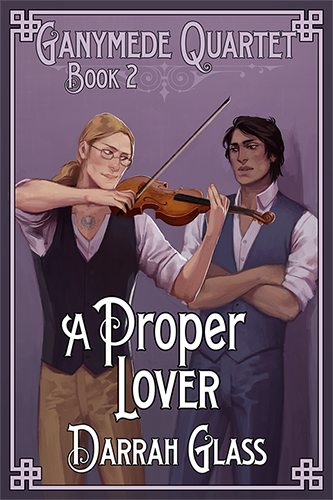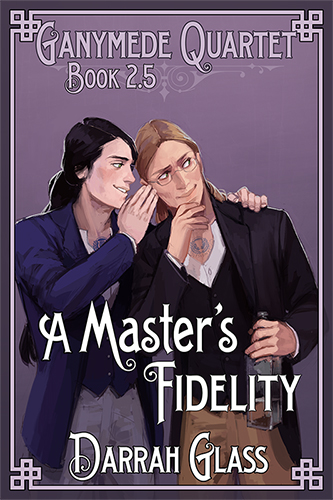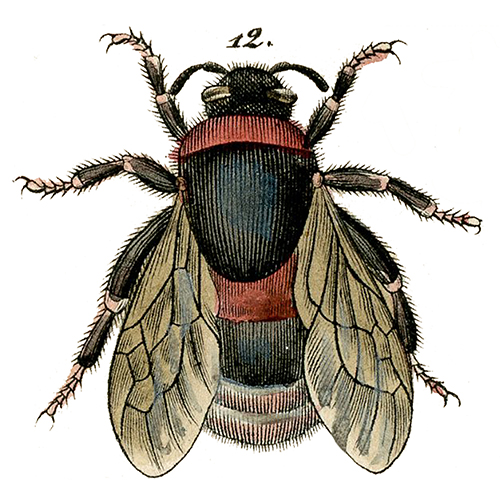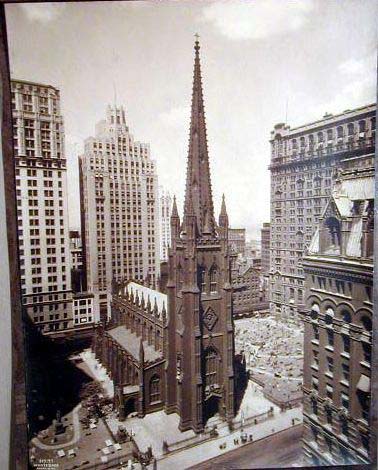
Before there was such a thing as Times Square–which came about in 1904–the people of New York did their New Year’s Eve celebrating at Trinity Church in Lower Manhattan. There was a religious service, but there were also crowds, fireworks, tin horns, and mayhem.
As you may recall, there was some discussion as to whether our new century began on January 1, 2000 versus January 1, 2001, and a hundred years ago there was similar debate. In modern times, most people chose to celebrate the beginning of the year 2000, but our Gilded Age counterparts put off their festivities until December 31, 1900, heralding the dawning of a new century on January 1, 1901.
Here’s the New York Tribune’s New Year reporting for January 1, 1901:
The welcome which New-Yorkers gave to the Twentieth Century last night was essentially similar to that which it extends to each New Year, only it was one hundred times more enthusiastic. Choirs have often sung on New Year’s Eve before, but last night the choir which led the singing on City Hall steps was 1000 strong. Crowds assemble annually in Broadway to hear Trinity Church chimes “ring in the new, ring out the old.” but last night the crowds were phenomenal in size, and they gathered around churches with chimes in many parts of the city, from the Battery to the Bronx, not omitting Brooklyn, Queens and Richmond.
Fireworks there were also, and fine electrical displays from several buildings, notably from the City Hall. Flags and bunting decorated the same public structure in profusion, and were repeated in lesser degree on hotels, office buildings, theatres and private houses by the thousand all over the city. Even the liquor shops were festooned with evergreen streamers without and within. Small boys, and many of larger growth, chose the tin horn as the most appropriate method of voicing the feelings within them, which had been aroused by the arrival of an anniversary which they probably would never see again. Mothers whose babes were born in the last week began to have hopes that the little ones would live to see three centuries and get their pictures on the elevated stations and in the newspapers.
Those more gravely inclined were found by the thousand at prayer or praise within the churches when the clocks struck the midnight hour. Communion was celebrated in some churches, in others watch night prayer meetings were held. Preachers pressed home upon their hearers the lessons of the old and the duties of the new century, and recalling some of the great improvements made by man in the last ten decades in the way of scientific development and mechanical invention, expressed fervent hopes that as Americans can count with confidence upon still greater material progress in the future, they could also be assured of the continued march of the human race toward a higher plane, causing the world to become better as it grows greater and older.
Really, except for the glimpse of naked slaves that Henry got at Charles Ross’ party, I think he’d have had more fun downtown at Trinity Church and City Hall.
A 2000 article about how the previous century was marked: 1900’s New Century Hype Was Millenial
Oh, and Happy New Year to you, of course :)




